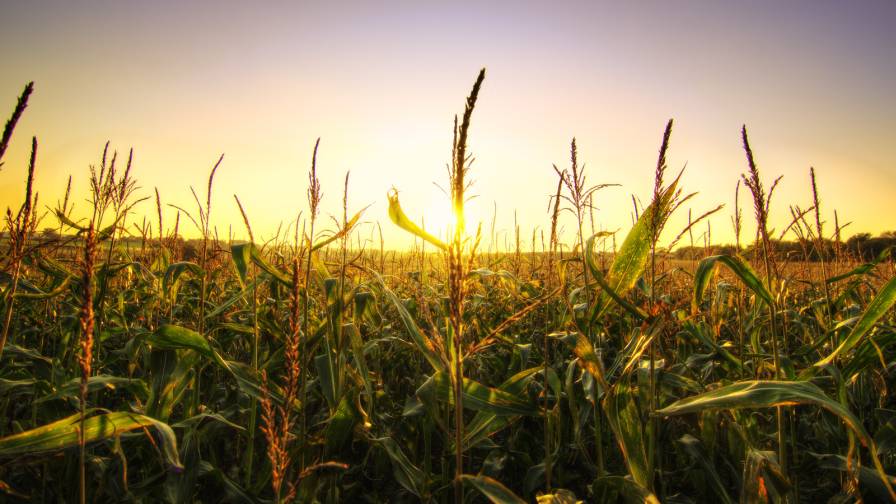Organic Ag In China
China is positioned to become a global leader in organic agriculture, according to a recent analysis by the US Department of Agriculture’s Foreign Agriculture Service (USDA-FAS).
With a new health-consciousness trend spreading in the world’s most populous country, organic food is quickly picking up a following. In 2003, the “Green Foods” market in China reached US $8.7 billion, and according to the International Fund for Agricultural Development (IFAD), exports of organic products from China grew from less than US $1 million in the mid-1990s to approximately US $142 million in 2003.
To serve this growing segment, a dramatic jump in organic certification bodies has occurred in the country. In 2004, six different bodies offered organic certification services. In 2005, there were 26.
The Farms
According to IFAD, most organic production in China is run by trading companies, which provide farmers with access to inputs, technical consultation, and marketing assistance – a model which is unlike most countries, where farmers take the lead positions. In coastal areas such as Beijing, Shanghai, Guangzhou, and others, this model is commonplace, since trading companies and the government are highly involved.
In Heilongjiang and similar areas, massive tracts of land are dedicated to organic produce. By 2010, USDA-FAS expects over one-third of the total agricultural land will become organic. With organic land already expanding rapidly (it has grown ten-fold in the past ten years), China is closing in on becoming one of the world’s largest organic producers.
Production
USDA-FAS estimates the 2005/06 summer crop at 31.7 million metric tons (MMT) on 9.5 million hectares (Ha). The total crop forecast is 41 MMT on 12.6 million Ha. However, this forecast will likely change over the next few months as the winter crop, currently 100% planted, develops. The winter crop tends to exhibit great variability in yield from year to year compared to the summer crop. This is primarily due to less input use, less predictable rains, and potential frost damage.





